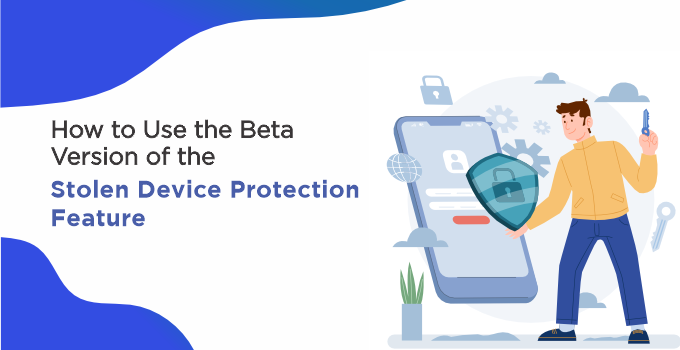How to Use the Beta Version of the Stolen Device Protection Feature
Apple has introduced an update to its latest iPhone operating system, aiming to enhance user security against potential thieves who may gain access to their passcodes.
What is Stolen Device Protection?
This new feature, known as “Stolen Device Protection” mandates users to provide biometric data, such as a facial scan or fingerprints, for specific phone functions. These functions include actions like altering one’s Apple ID password or disabling Face ID. Stolen Device Protection is activated when the phone is in an unfamiliar location, and it prompts users to provide biometric authentication immediately and then again an hour later.
Apple has initiated testing of this new setting, citing the ever-evolving threats to user devices as the reason behind its development. According to an Apple spokesperson, while a password is already required to activate any iPhone, this additional feature provides added protection in scenarios where a criminal gains access to the user’s passcode.
The spokesperson emphasized Apple’s leadership in iPhone data encryption, noting that even with knowledge of the user’s passcode, a thief cannot access data on a stolen iPhone. However, in rare cases where a thief observes the user entering the passcode and subsequently steals the device, the introduction of Stolen Device Protection serves as an advanced layer of security.
To try out the new feature, iPhone users need to be enrolled in Apple’s beta software program, as it is not currently available to the general public.



